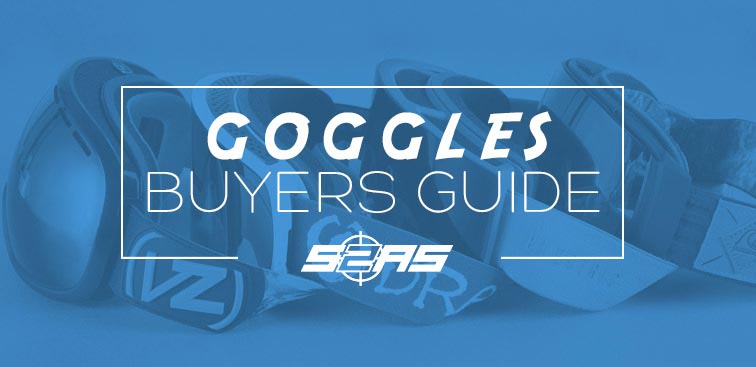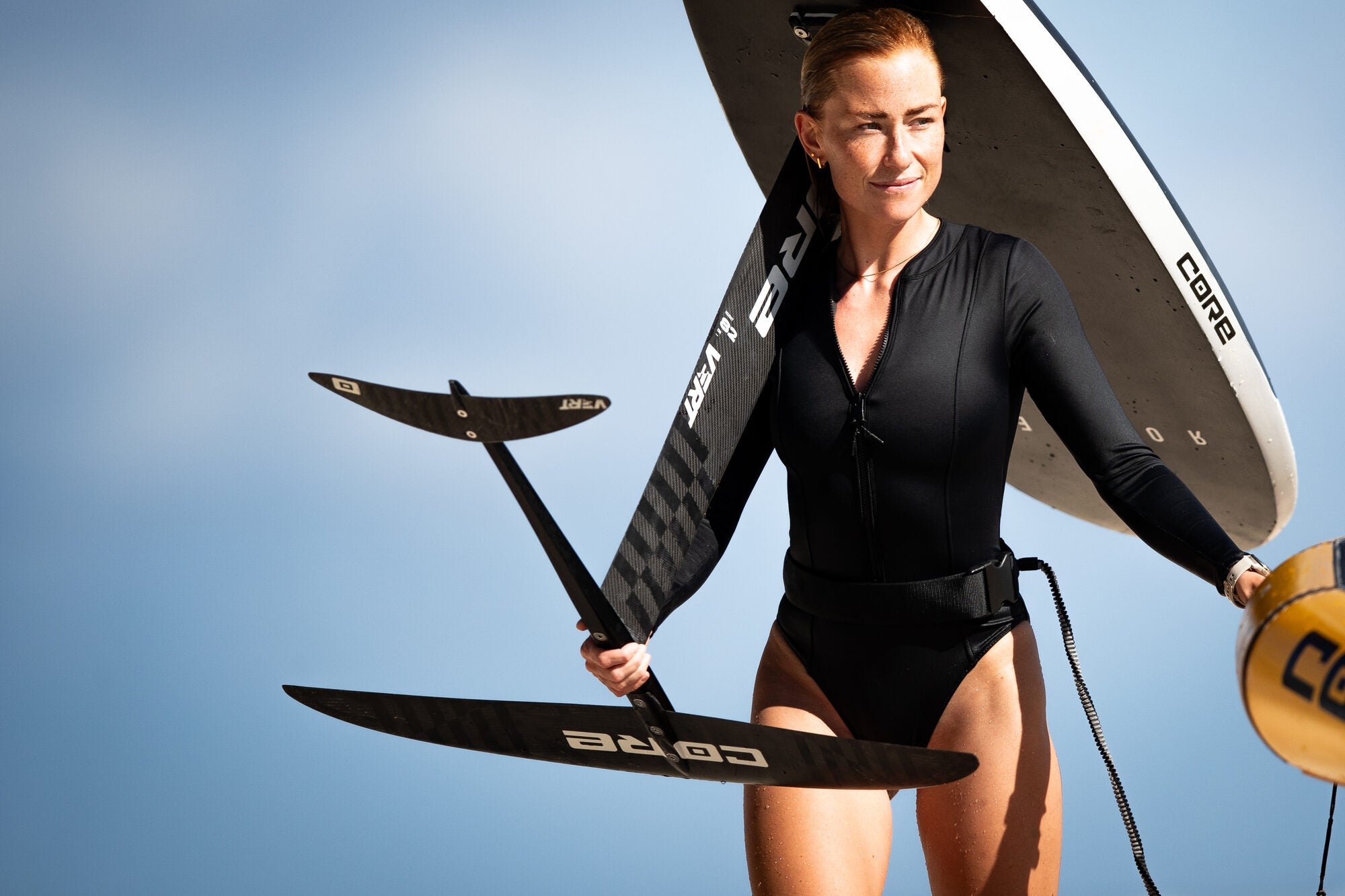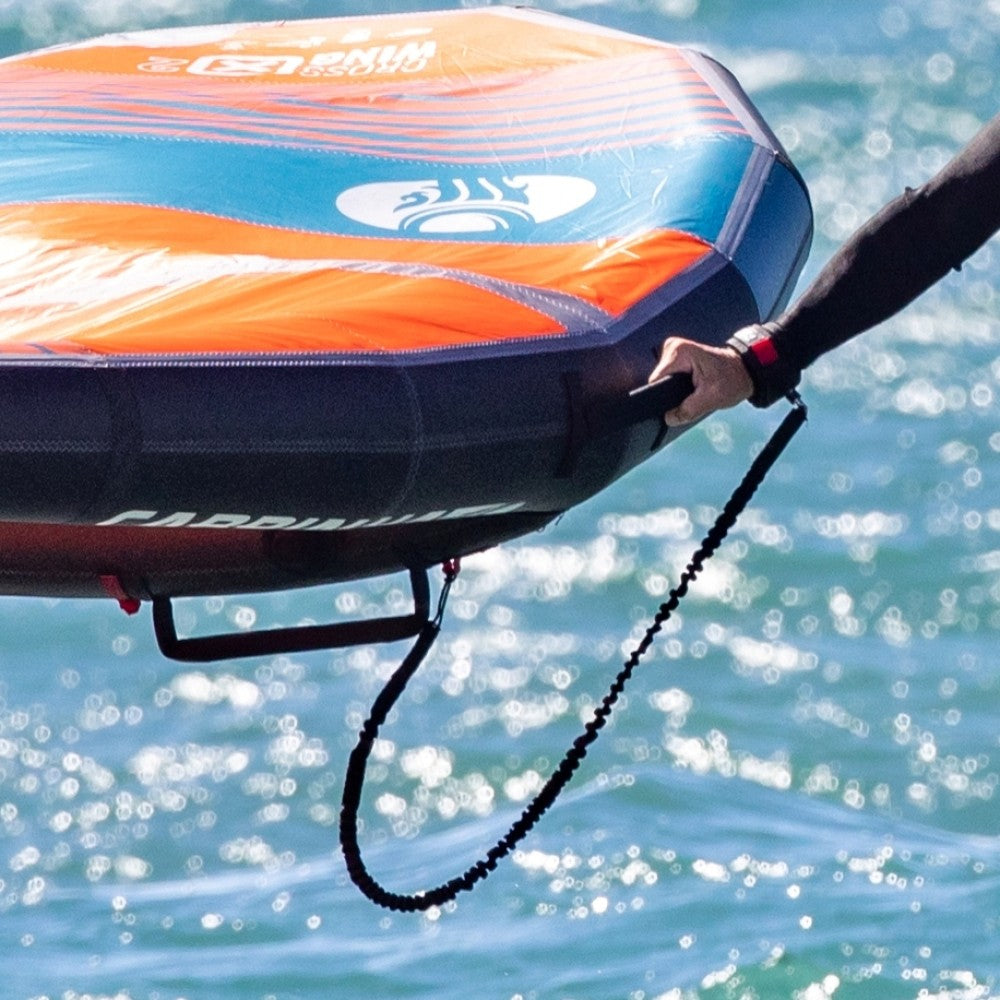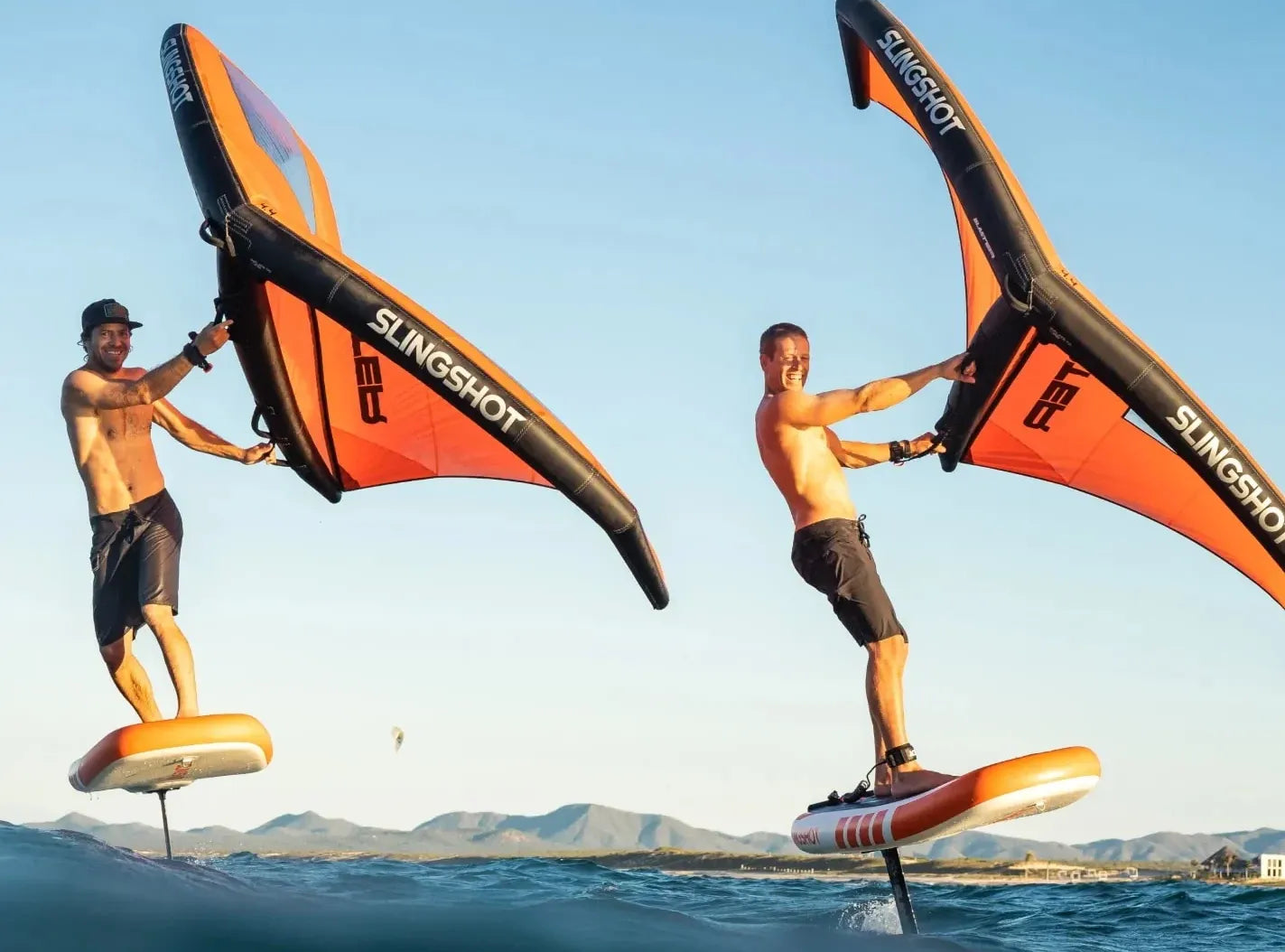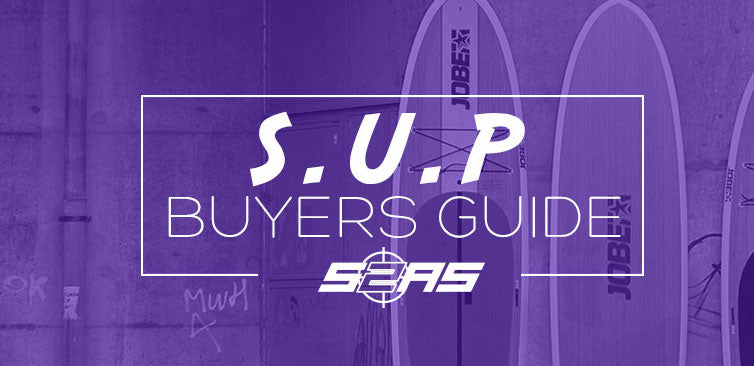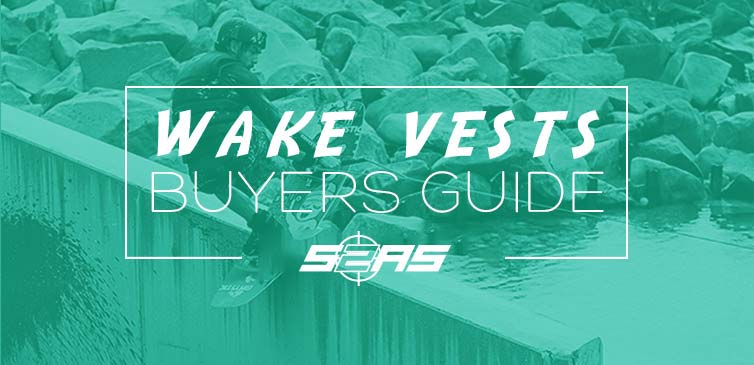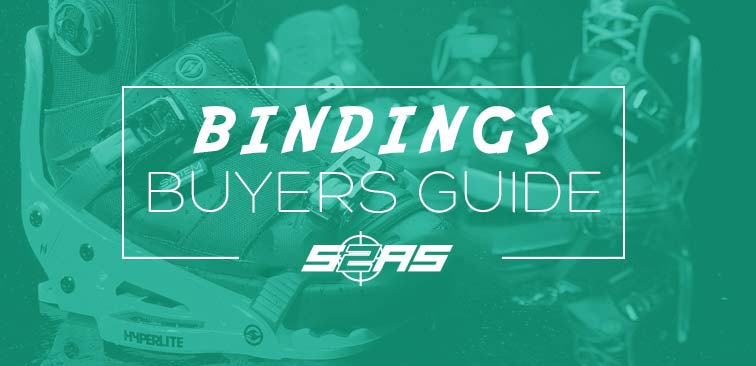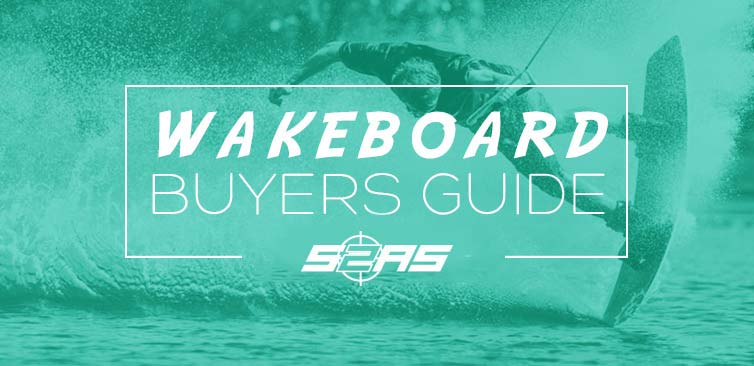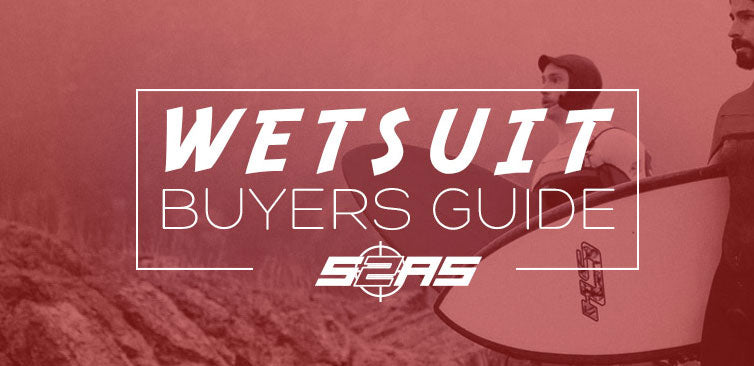Check out our latest range of: Oakley Goggles
Goggles are essential to a good experience on the mountain, and any experienced rider will tell you that not being able to see ruins a day as fast as a poor fitting boot. Pretty much all goggles offer some protection from the wind, cold and UV rays, however when looking passed the basics there are some key features to consider. They are as follows:

Goggle Lens Type
The biggest differentiator between goggles is the type of lens they have used within the goggle itself.
There are two main lens shapes; Spherical and Cylindrical (flat).

CYLINDRICAL LENS
Therefore, these lenses are often found in lower price point models.

SPHERICAL LENSES
Peripheral Vision: With greater lens surface area, spherical goggles allow you to see more above and below you, as well as to the sides.
Glare: Anti-glare modifications have been made to many cylindrical goggles, but no matter how clever manufacturers get, geometrically cylindrical goggles will always have more surface points where the sun’s rays hit the goggle, which creates blind spots. Spherical goggles, on the other hand, have strategically planned curves to reduce glare.
Lens Tints
There is nothing worse (and more dangerous) than having cloudy vision on a powder day or being blinded when it’s blue bird. There are dozens of lens colours to choose from that vary from brand to brand, and although one colour might match your jacket better, each colour will filter light differently and offers unique advantages in certain weather and light conditions. The amount of light a goggle lens allows to pass through is called Visible Light Transmission (VLT). VLT is expressed as percentage of light allowed through the lens falling somewhere between 0% and 100%.
Some Lenses are designed to perform better in low visibility situations, such as when it is snowing, foggy or the light is flat. This means the goggles of that calibre will allow for a higher VLT. Lenses like these are easy to distinguish because of their colour. Many of them taking on transparent blue, yellow and rose tints and normally have a VLT of around 60-90%.
Other lenses are designed to perform far better on sunny days with high visibility, where the function of the goggle is to let less light in to protect the goggle users eyes. Goggles of this calibre have a far higher VLT and often have reflective or dark and smokey lenses, these goggles usually have a VLT of 5-20%.

Lens Tech
Beyond just the lens type and colour, goggle manufacturers apply additional features to their goggles in order to make them better at doing their job. Some lens features to keep an eye out for include:
UV Protection: Almost all new goggles, even at the lower end of the price spectrum, have 100% UV protection. UV intensity increases with altitude, and protecting your eyes from harmful UV rays will prevent eye fatigue as well as damage to your retinas.
Mirrored Lenses: A coating on the outside of the goggle lens reflects a greater amount of light than a non-mirrored lens. Letting in a decreased volume of light means less glare and increased visual clarity in bright conditions. You also get that cool Top Gun aviator look, although we recommend removing your mirrored goggles in the bar.
Polarized Lenses: When light is reflected off certain surfaces, it tends to be reflected at higher intensity through angles perpendicular to the surface. By acting as a filter of vertical light, polarized lenses are able to cut glare much more effectively than a standard mirrored lens while improving overall visual clarity and providing increased contrast and definition. Polarized lenses are great for snow sports and reduce eye fatigue and strain.
Double Lenses: These create a thermal barrier that reduces fogging significantly compared to its single lens counterpart – a single lens goggle just won’t cut it for skiing or snowboarding. Double lenses are common on all new ski and snowboard goggles.
Anti-Fog Coating: A hydrophilic chemical treatment to the inside of the lenses can greatly reduce a goggle’s tendency to fog. Some coatings are more durable than others. Be sure to read the manufacturers’ directions because poor goggle care can lead to wiping off the anti-fog coating.
Photochromic Lenses: These lenses automatically adjust to changing light conditions by darkening when exposed to stronger ultraviolet (UV) light and lightening when there is less UV light. The primary advantage of this type of lens is that it will adjust to changing conditions, making it extremely versatile. Unfortunately, Photochromic lenses don’t adjust instantly - it could take several minutes for the lens to fully adjust to changing light.
Prizm™ Lenses: Oakley's Prizm Lens technology adapts to changing light conditions by blocking strategic color wavelengths in order to maximize contrast. Similar to photochromic lenses, these have a broader usable light range, making them extremely versatile.

VENTILATION
You can count on virtually all quality goggles to have vents, but some are better than others. In general, more venting is better in order to prevent fogging. It is important to check that the venting system in your goggles is compatible with the shape of your helmet. In other words, don’t block the vents; otherwise your goggles might be a little more susceptible to fogging.

FRAMES
Many adults can comfortably fit into multiple sizes of goggles, but here are some general guidelines. A simple way to think about frame size is that it often times correlates with the size of your head so if you wear a small helmet consider a small frame and if you wear a large or extra-large helmet consider a larger frame, medium to large helmet consider a medium frame size.

